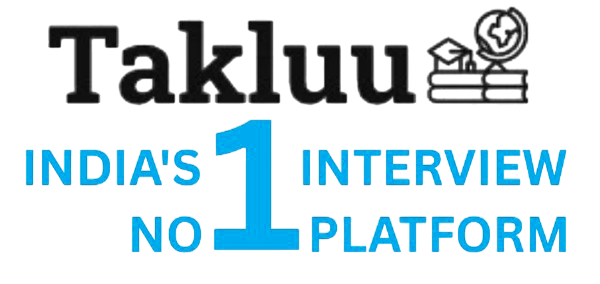Ques:- What is bundle adjustment? When is it used in 3D reconstruction?
Right Answer:
Bundle adjustment is an optimization technique used in 3D reconstruction to refine the 3D coordinates of points and the camera parameters simultaneously. It minimizes the re-projection error between observed image points and projected 3D points, ensuring a more accurate and consistent 3D model. It is typically used after initial structure-from-motion processes to improve the quality of the reconstruction.
Bundle adjustment is an optimization technique used in 3D reconstruction to refine the 3D coordinates of points and the camera parameters simultaneously. It minimizes the re-projection error between observed image points and projected 3D points, ensuring a more accurate and consistent 3D model. It is typically used after initial structure-from-motion processes to improve the quality of the reconstruction.

